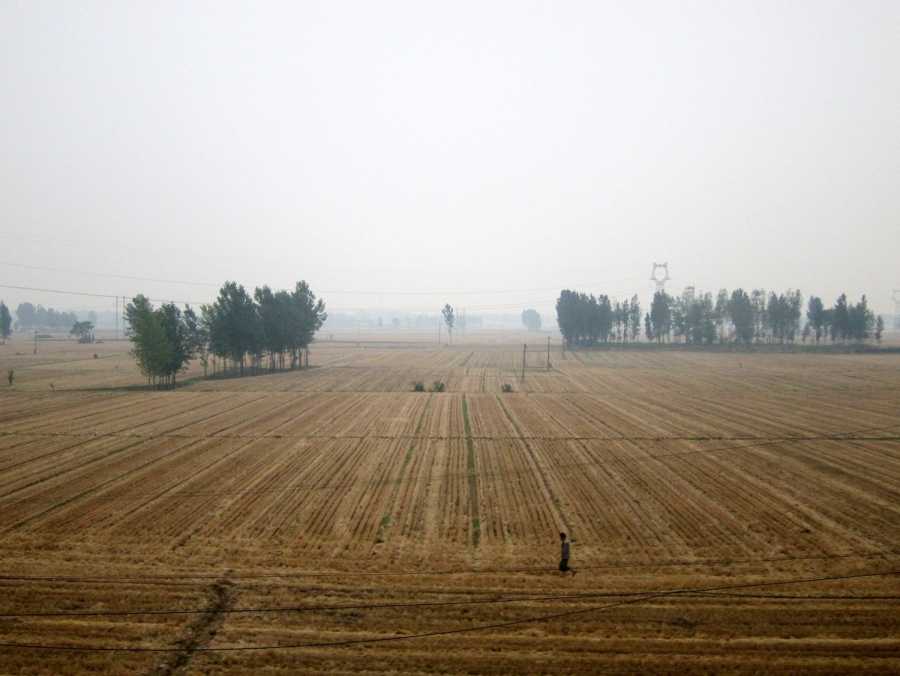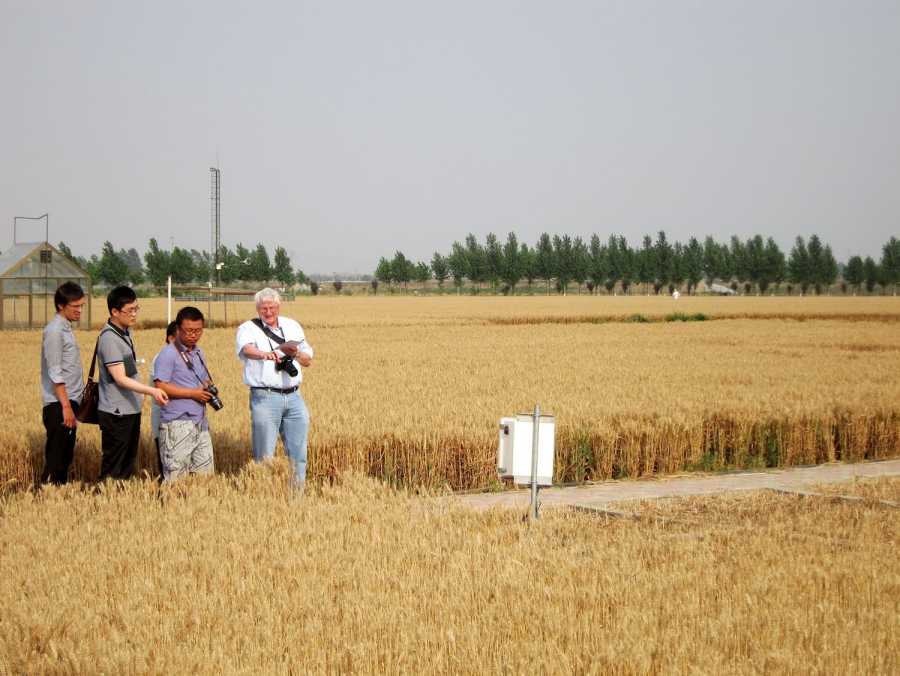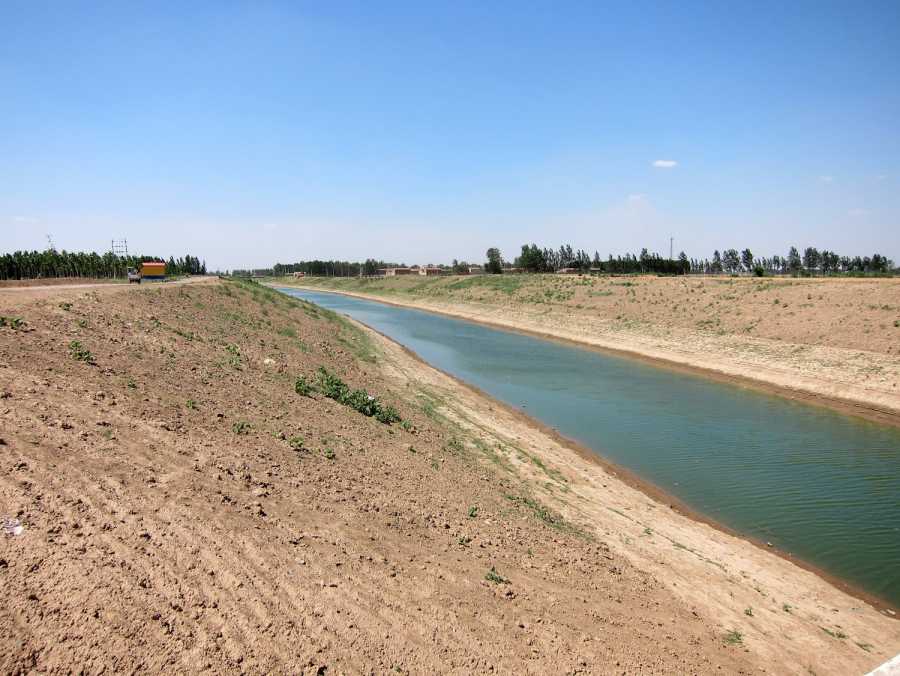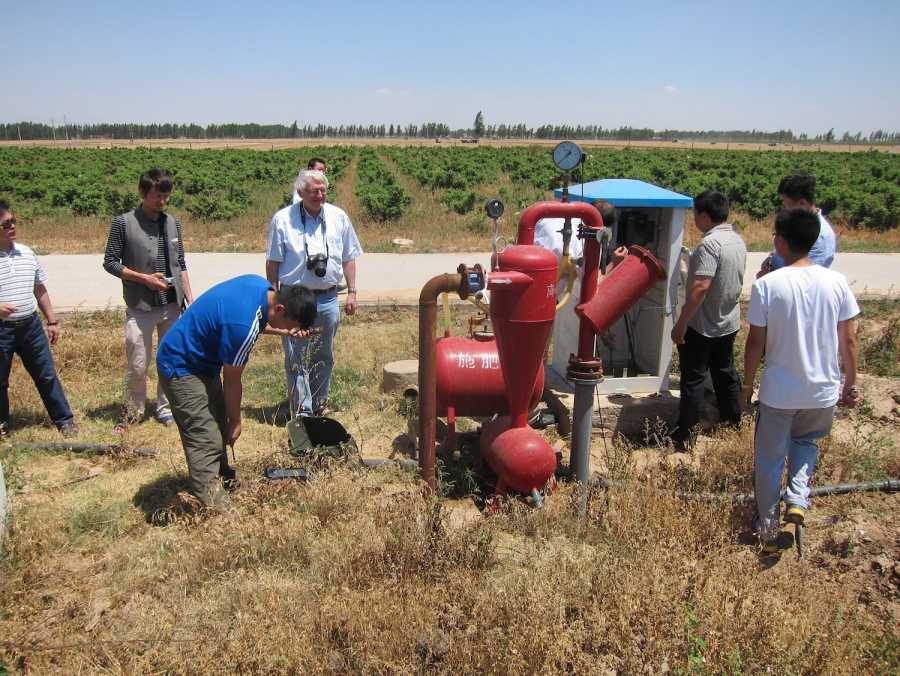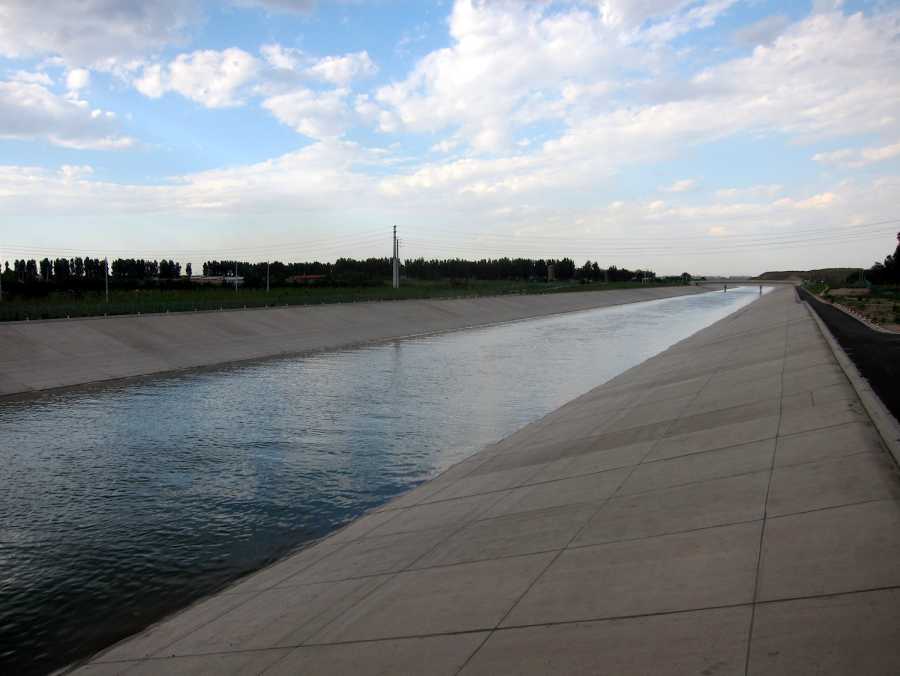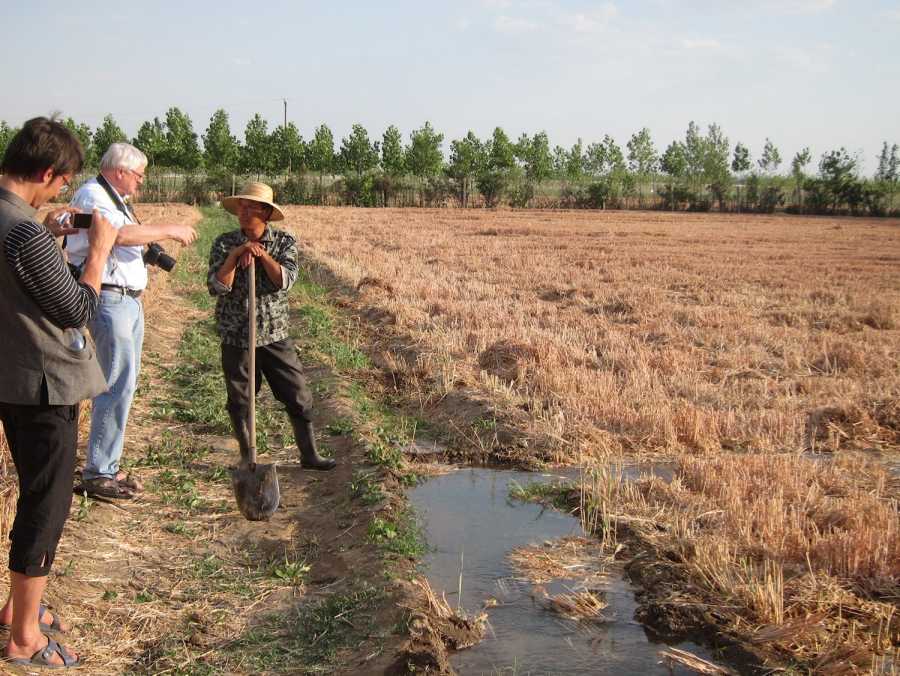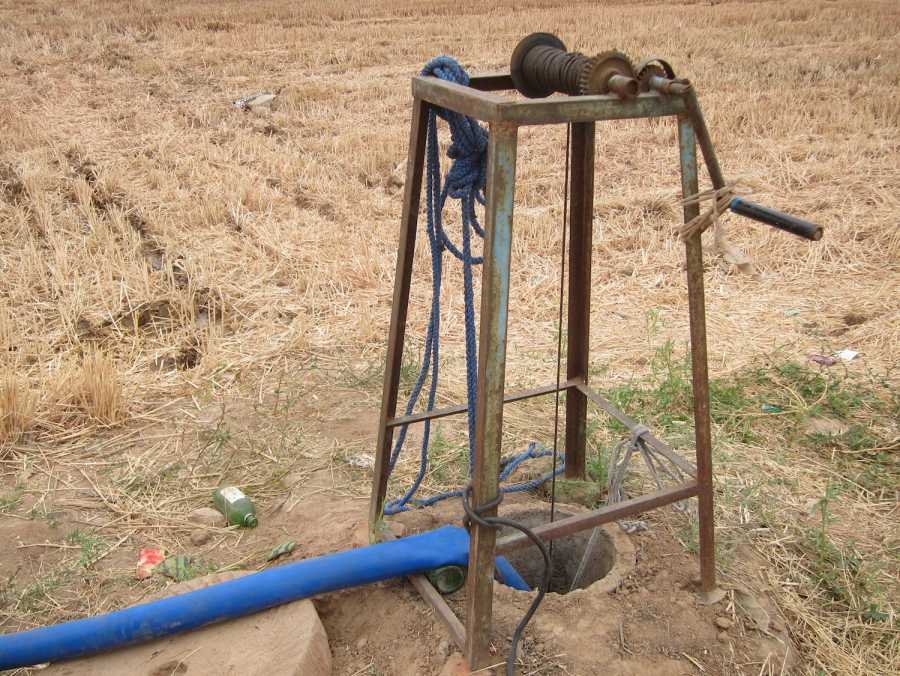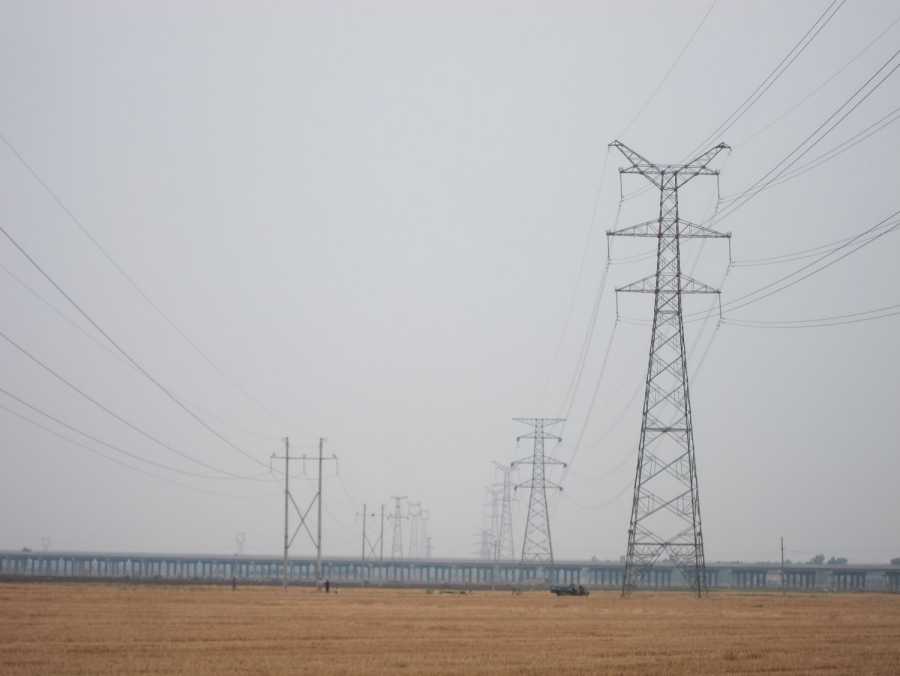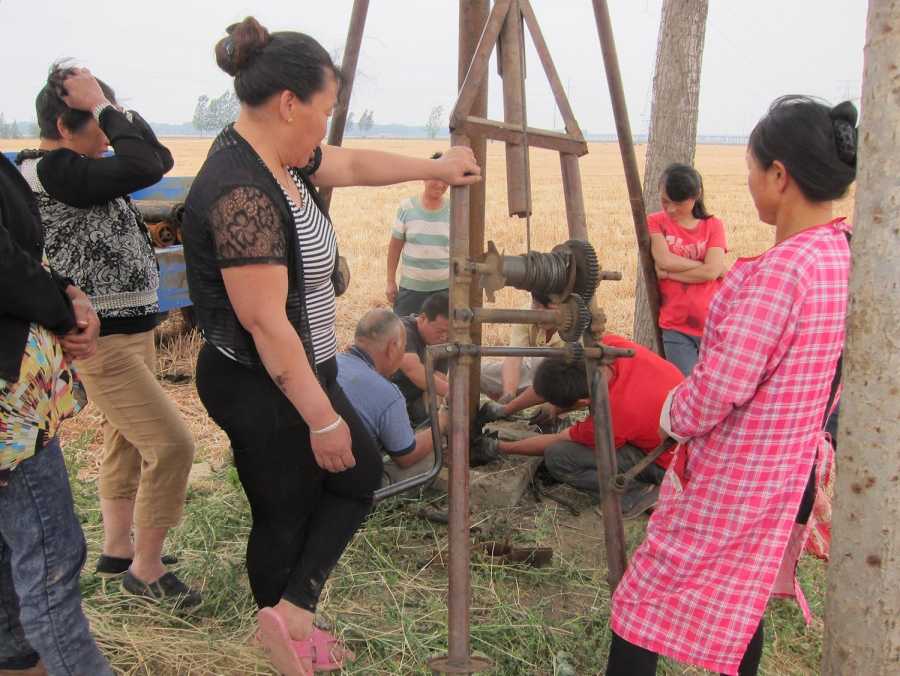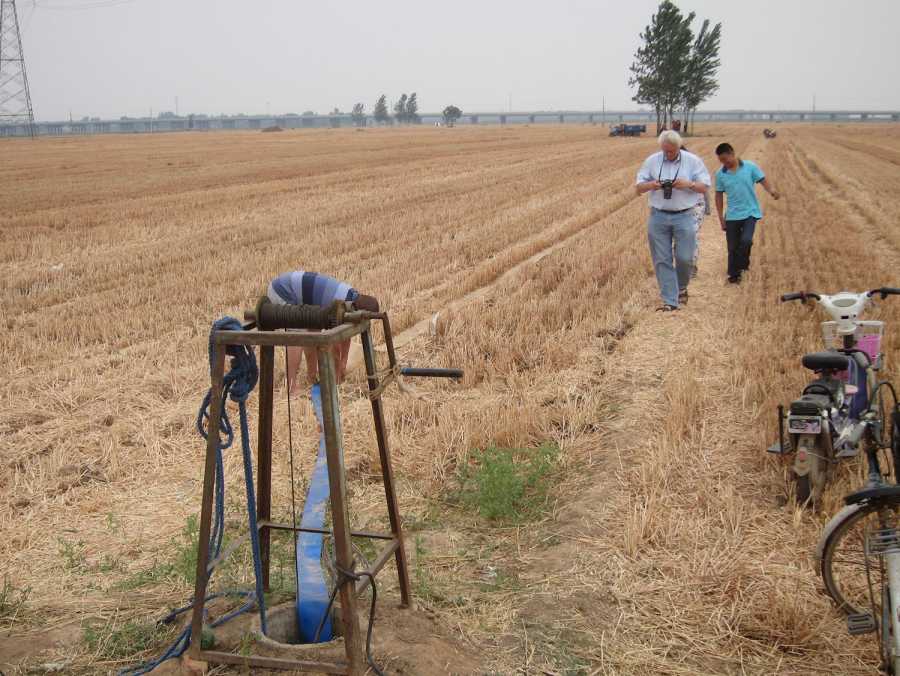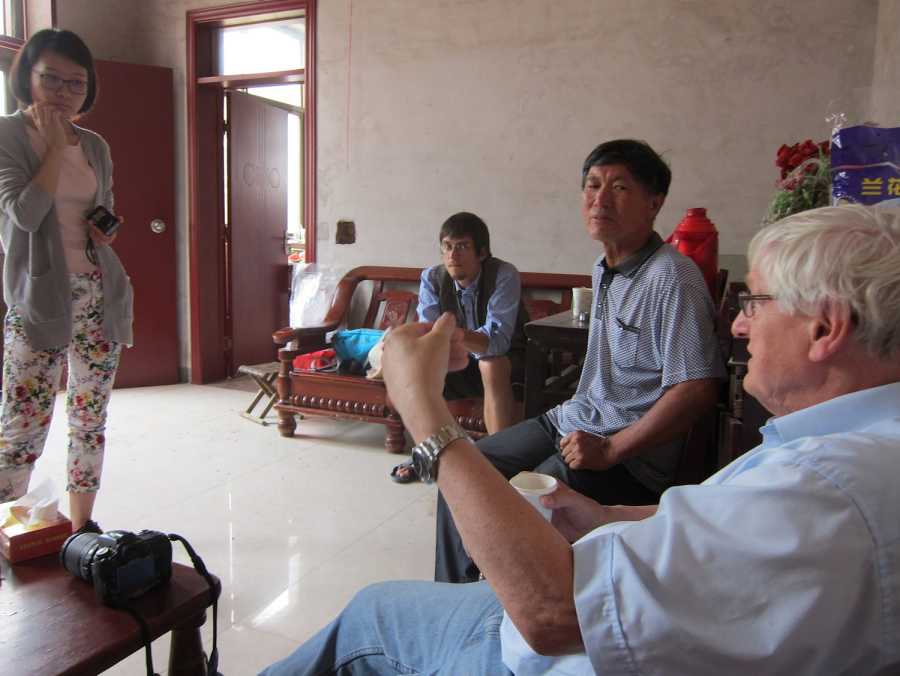Guantao County

The pilot site chosen for Handan region is Guantao County, which has the general features of a county in North China Plain: intensive irrigated agriculture mainly relying on groundwater. The county is using 80 percent of its water resources for agricultural irrigation. The rest is used by households and industry. It covers an area of 456 km2 including 32’000 ha of crop land and is home to a population of 335’000 people.
The present water supply is depending mainly on 3 sources: the precipitation of about 520 mm/a, the exploitation of shallow and deep groundwater layers through 6600 shallow groundwater wells and 230 deep wells (amounting to 56 and 26 million m3/a of water supplied, respectively), and some surface irrigation water provided from a reservoir via the Weiyun River and from the Yellow River (amounting to approximately 23 million m3/a of water). Due to retention of streams in the mountains for urban water supply, most rivers bring only very little water into the North China Plain (NPC). Irrigation has therefore been relying mainly on groundwater. Groundwater level is currently at about 46m below ground level and due to the falling water table (up to 1m/year) agricultural wells need to be re-drilled every 7-8 years. Numerous shallow aquifer boreholes are operated with mobile pumps connected to a separate electricity grid. Monitoring electric transformers at village level will complement the IC-card system installed on the remaining wells.
In the past the major crops used to be soybeans and millet in a single cropping system, nowadays they are maize and wheat in a double cropping system. Rain is basically sufficient to support a single summer grain crop per year. Today irrigation is needed as rainfall is about 500mm and the current double cropping system of winter wheat and summer maize requires at least 800mm. Local partners claim the small scale farming is hardly profitable and the reason why many farmers still plant wheat is not the economic revenue, but rather the tradition and the habit to cultivate the land as they have done for generations. The problem of Guantao county is representative for a much larger area. A solution to it can in principle be scaled up to the whole North China Plain and possibly other places in North China.
